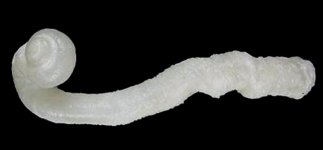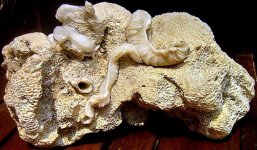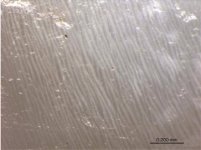SteveM
Well-known member
- Joined
- Jan 29, 2007
- Messages
- 2,112
Attribution: The Journal of Gemmology / 2010 / Vol. 32
Researcher, author and photographer: Thomas Hainschwang, Director, GemLab(Liechtenstein).
This is not a shell, and it is not a fossil. It is, however, an 84.77-carat natural porcelaneous saltwater object composed of aragonite. This object, and others like it, were offered by local sources to a prominent European pearl collector as natural pearls.
Will allow for comments?
Researcher, author and photographer: Thomas Hainschwang, Director, GemLab(Liechtenstein).
This is not a shell, and it is not a fossil. It is, however, an 84.77-carat natural porcelaneous saltwater object composed of aragonite. This object, and others like it, were offered by local sources to a prominent European pearl collector as natural pearls.
Will allow for comments?




